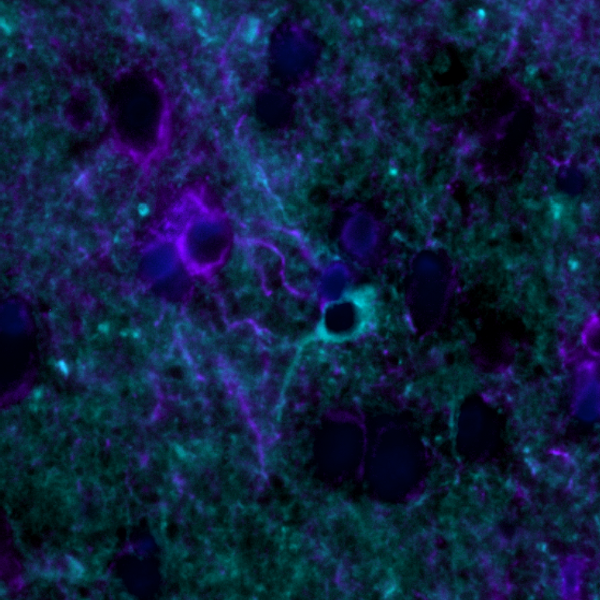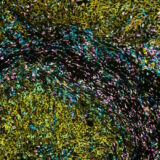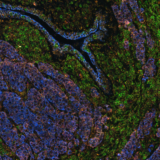Poster
Unraveling brain heterogeneity: exploring cellular diversity and molecular patterns with multiplex immunofluorescence
Posted on:

The brain is a complex organ that exhibits cellular and molecular heterogeneity within and between brain regions, especially in a disease setting like a brain tumor. Spatial biology techniques, such as multiplex immunofluorescence (mIF), enable the identification and characterization of cell subpopulations and molecular patterns within the brain (Figure 1). By studying this heterogeneity, researchers can gain a deeper understanding of different cell types’ diverse functions and contributions to brain and disease architecture.

The status of immunotherapy in brain tumors patients
In the context of brain tumors, spatial biology is particularly important because it can provide valuable information about the spatial organization of tumor cells and the surrounding tumor microenvironment (TME). Malignant brain tumors present an array of complex and devastating illnesses, ranging from primary tumors like gliomas to secondary metastases, particularly from non-small-cell lung carcinoma (NSCLC) or breast cancer1. Despite limited therapeutic options, immunotherapy offers a glimmer of hope for individuals battling brain cancer. Although preclinical studies have elicited promising prospects for using immunotherapeutic agents on primary brain tumors like glioblastoma (GBM), clinical trials have yielded ambiguous outcomes. A confluence of complex factors may be attributed to the low efficacy of immune-based therapies in glioblastoma patients. These include genetic and antigenic heterogeneity, reduced mutation loads, and paucity of T cells infiltrating the tumor microenvironment2. However, in contrast to treating primary brain tumors, immunotherapy has proven to be a revolutionary breakthrough in managing brain metastases3. The varied responses to immunotherapies could be attributed to an intricate interplay between molecular and genetic factors influencing T cell antigen recognition and immune responses4.

